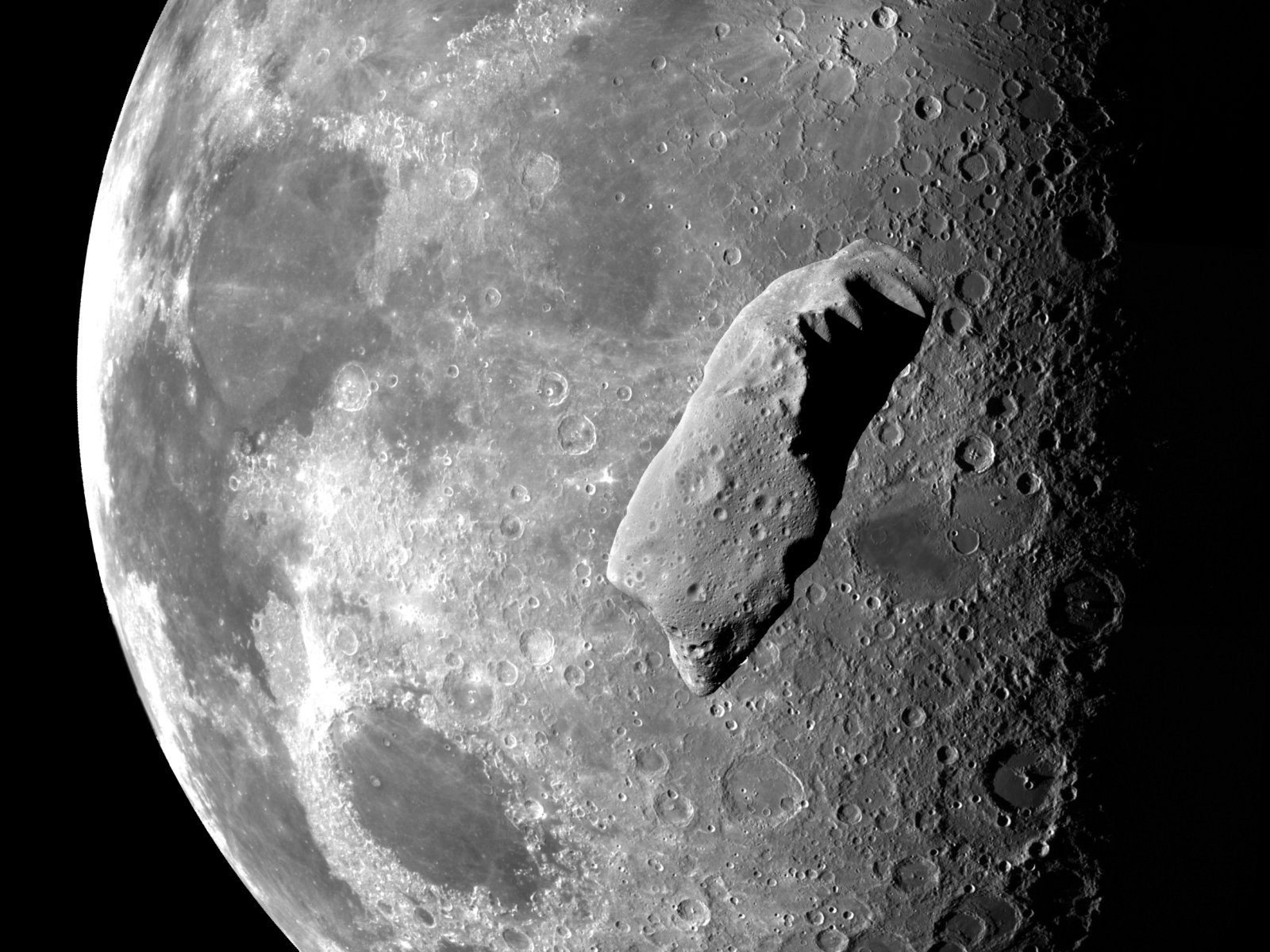NASA: Meteor slams into Moon, causes explosion visible to naked eye on Earth
Posted on May 18, 2013 by The Extinction Protocol

May 18, 2013 – SPACE – A
massive explosion from a meteor which crashed into the Moon was visible
to the naked eye on Earth, NASA says. A boulder-sized meteor slammed
into the moon in March, causing an explosion so bright anyone looking up
at the right moment would have spotted it, NASA said. NASA’s Meteoroid
Environment Office is reporting the discovery of the brightest impact
seen on the Moon in the eight years the monitoring program has run the
National Geographic reports. About 300 lunar impacts have been logged
over the years but this latest impact, from March 17, is considered
much, much brighter than anything else observed. It is understood the
space rock left a 20m-wide crater after it slammed into the Moon’s
surface at 90,000km/h. “We have seen a couple of others in the ‘wow’
category but not this bright,” said Robert Suggs, manager of NASA’s
Lunar Impact Monitoring Program at Marshall Spaceflight Center in
Huntsville, Alabama. The blast lasted only about a single second and
shone like a 4th magnitude star—making it bright enough to see with just
the unaided eye. –Herald Sun
Thanks to: http://theextinctionprotocol.wordpress.com
Posted on May 18, 2013 by The Extinction Protocol

May 18, 2013 – SPACE – A
massive explosion from a meteor which crashed into the Moon was visible
to the naked eye on Earth, NASA says. A boulder-sized meteor slammed
into the moon in March, causing an explosion so bright anyone looking up
at the right moment would have spotted it, NASA said. NASA’s Meteoroid
Environment Office is reporting the discovery of the brightest impact
seen on the Moon in the eight years the monitoring program has run the
National Geographic reports. About 300 lunar impacts have been logged
over the years but this latest impact, from March 17, is considered
much, much brighter than anything else observed. It is understood the
space rock left a 20m-wide crater after it slammed into the Moon’s
surface at 90,000km/h. “We have seen a couple of others in the ‘wow’
category but not this bright,” said Robert Suggs, manager of NASA’s
Lunar Impact Monitoring Program at Marshall Spaceflight Center in
Huntsville, Alabama. The blast lasted only about a single second and
shone like a 4th magnitude star—making it bright enough to see with just
the unaided eye. –Herald Sun
Thanks to: http://theextinctionprotocol.wordpress.com






 Sat Mar 23, 2024 11:33 pm by globalturbo
Sat Mar 23, 2024 11:33 pm by globalturbo

